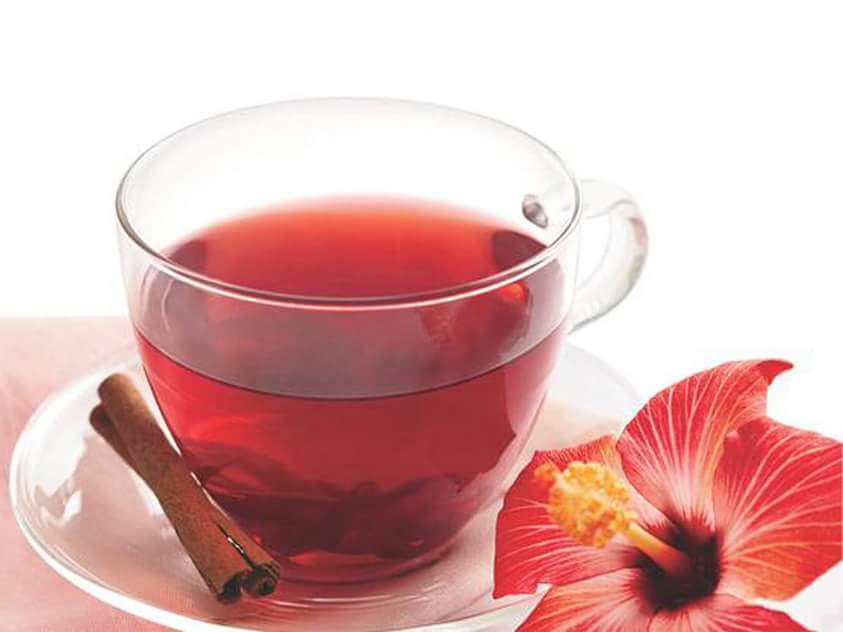HIBISCUS tea -Serbia
Hibiscus Hibiscus plants are known for their large, colorful flowers that make a decorative addition to a home or garden. They also have medicinal uses. Flowers and leaves can be made into teas and liquid extracts that are used to treat a variety of conditions. Hibiscus flowers come in many colors. They can be red, yellow, white, or peach-colored, and can be as big as six inches wide. You can also find hibiscus plants in many garden stores.
Historically, hibiscus has been used by different cultures as a remedy for several conditions. Egyptians used hibiscus tea to lower body temperature, treat heart and nerve diseases, and as a diuretic to increase urine production. Today, hibiscus is popular for its potential to reduce high blood pressure. Modern studyes show promise for both the tea and hibiscus plant extract to lower blood pressure and cholesterol levels. Although more research is still needed, this could be good news for the future of heart disease treatment.
Hibiscus shows potential for cancer treatment, weight loss, and other uses. However, there aren’t as many studies in these areas. Some research suggests that anthocyanins may hold the key to hibiscus’s anti-cancer properties. Hibiscus tea and extract can be purchased at health food stores as a dietary supplement. There is no recommended dose because the doses depend on the product you purchase and why you’re using it. The typical amount of calyx in one serving of tea is 1.5 g, but studies have used as much as 10 g of dried calyx and extracts containing as much as 250 mg of anthocyanins. When used as a tea, hibiscus is generally considered safe.
However, more research is needed in order to determine which doses are safe for pregnant or breastfeeding women, children, and people with liver or kidney disease.
